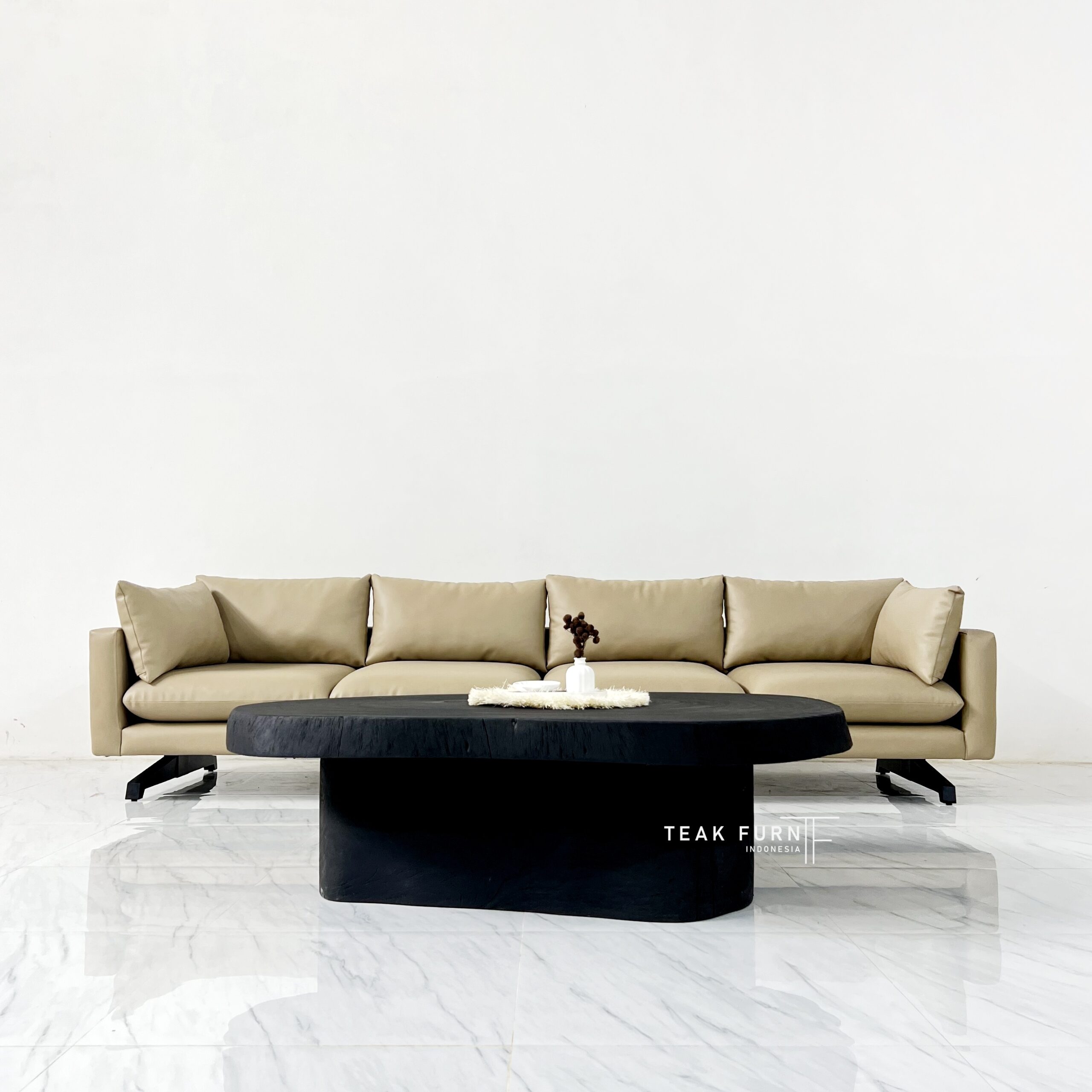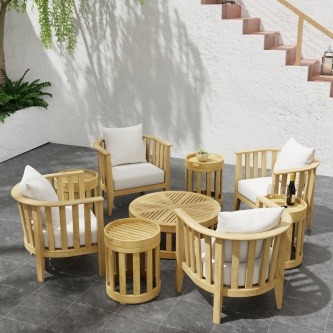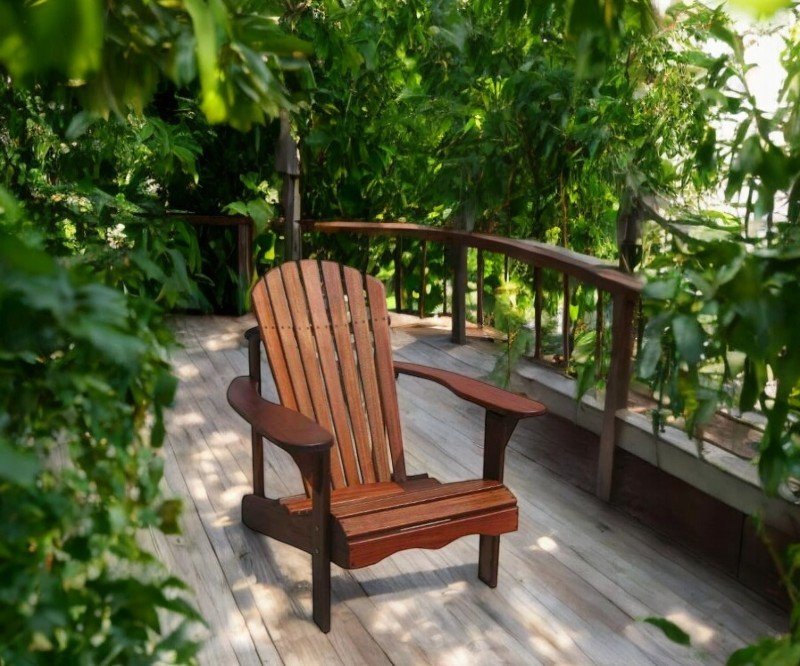
Jepara is globally recognized for its exceptional craftmanship in luxury wooden furniture. With centuries of tradition, Jepara artisans have perfected the art of creating furniture that transcends functionality, turning each piece into a work of art. This article explores the skills and techniques that make Jepara furniture highly sought after on the global stage.
The Rich History of Jepara Furniture Craftsmanship
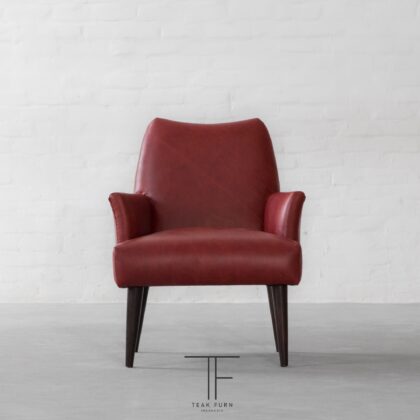
The roots of Jepara’s furniture-making tradition trace back to the 15th century, under the rule of Queen Kalinyamat, who encouraged the development of woodworking skills. Over time, Jepara became known for its intricate carvings and elegant designs, deeply influenced by Javanese culture and Islamic art. During the Dutch colonial era, Jepara’s furniture gained international recognition for its beauty and quality, a reputation that continues to this day.
The Process of Creating Luxury Furniture in Jepara
Crafting luxury furniture in Jepara is a meticulous and multi-step process. Here are the key stages involved:
- Selection of Premium Raw Materials The process begins with selecting high-quality wood, primarily teak, known for its strength and beautiful grain. Mahogany is also often used for its rich color and elegant texture. The careful – of these materials ensures the durability and aesthetic appeal of the final piece.
- Design and Sketching Every piece of luxury furniture starts with a detailed design. Traditional Javanese motifs, such as floral patterns and geometric shapes, are often incorporated, blending with modern elements to appeal to international tastes. The design is carefully sketched to guide the artisan’s work.
- Intricate Hand-Carving One of the most distinctive aspects of Jepara furniture is its hand-carved detailing. Jepara artisans are renowned for their exceptional carving skills, passed down through generations. Creating these intricate patterns requires hours, even months, of painstaking work. Each carving is a unique expression of craftsmanship, enhancing the visual appeal and artistic value of the furniture.
- Finishing Touches After carving, the furniture undergoes a finishing process. Protective coatings, such as lacquer or varnish, are applied to enhance the wood’s natural beauty and ensure durability. This step gives the furniture its glossy, luxurious finish while preserving the fine details of the carvings.
- Quality Control The final stage is a thorough quality check. Every piece is inspected for structural integrity and aesthetic perfection. Jepara artisans ensure that no details are overlooked, resulting in a product that meets the highest standards of craftsmanship.
Unique Techniques of Jepara Artisans
The expertise of Jepara artisans goes beyond simply carving wood; their skills and techniques set Jepara furniture apart:
- Detailed Classic Carvings Jepara furniture is known for its finely detailed carvings. Floral motifs, leaves, and geometric designs are skillfully integrated into each piece, creating a timeless elegance. These intricate carvings are not only decorative but are deeply symbolic of the region’s cultural heritage.
- Precise Assembly and Finishing The assembly of Jepara furniture is done with great precision to ensure that each piece is sturdy and durable. The finishing process is equally important, with artisans applying high-quality finishes that enhance the texture and longevity of the wood while accentuating the carved details.
- Innovation in Design While rooted in tradition, Jepara artisans also innovate by blending modern designs with classic elements. This allows them to cater to both traditional and contemporary tastes, making Jepara furniture appealing to a broad international audience.
Jepara Luxury Furniture in the Global Market
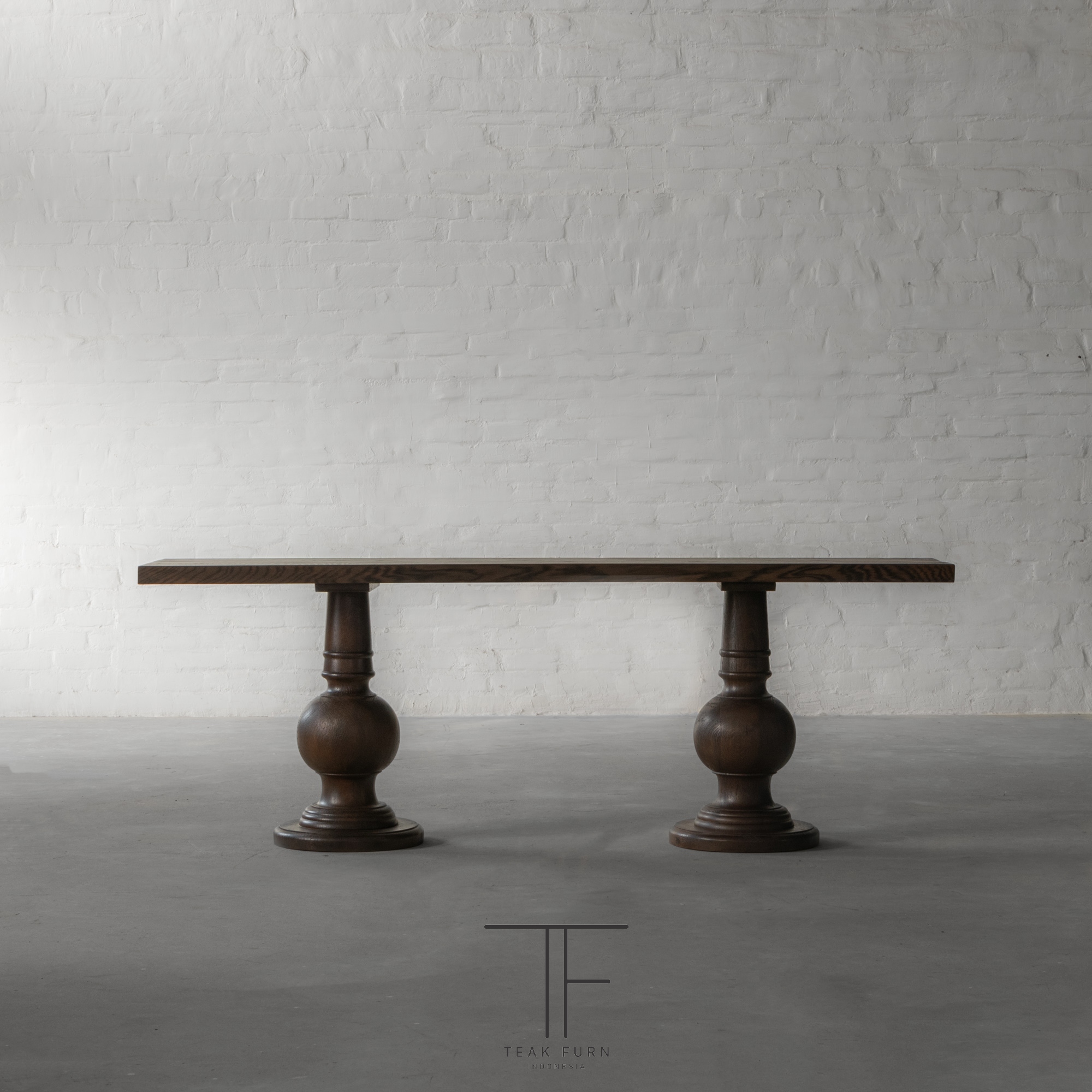
As global demand for luxury home decor rises, Jepara furniture has found a place in upscale markets worldwide, including in Europe, the United States, and the Middle East. The unique combination of craftsmanship and design makes Jepara furniture a desirable choice for consumers seeking luxurious, long-lasting pieces.
While the prices of Jepara furniture vary based on the wood type, design complexity, and size, its exceptional quality justifies the investment. Many buyers view Jepara furniture as not just a home furnishing but as a long-term investment that adds value and beauty to their homes.
Conclusion
Jepara artisans have mastered the art of creating luxury furniture that blends traditional techniques with modern design elements. The craftsmanship, attention to detail, and commitment to quality make Jepara furniture highly regarded around the world. From intricate carvings to the use of premium materials, every piece produced in Jepara is a testament to the region’s rich heritage and dedication to artistry. As demand for luxury furniture continues to grow, Jepara’s reputation as a hub of exquisite craftsmanship remains firmly intact.

